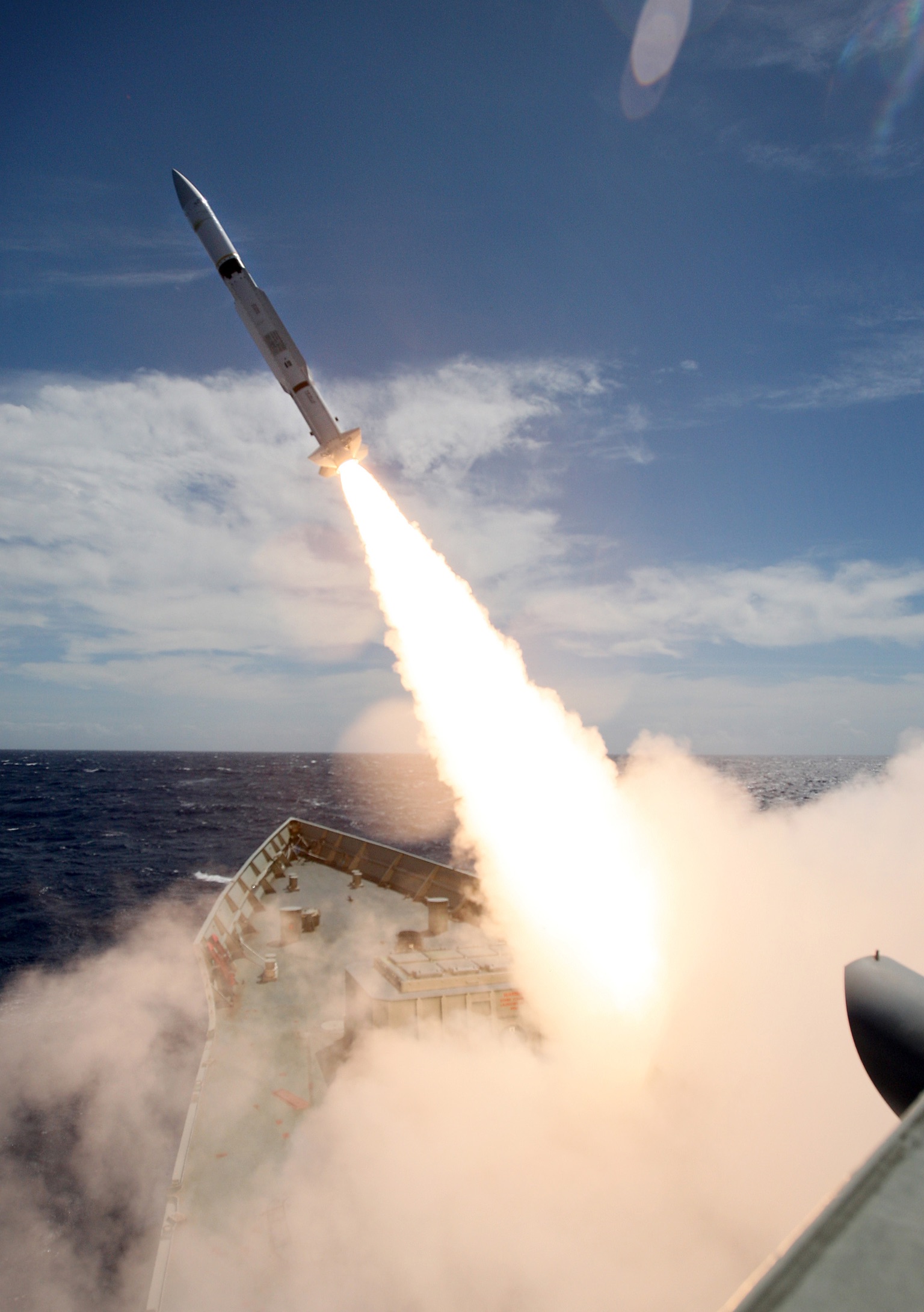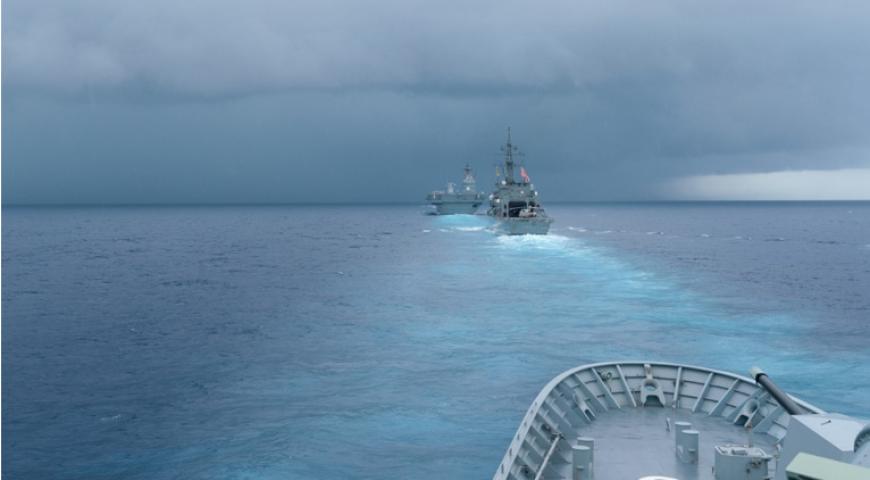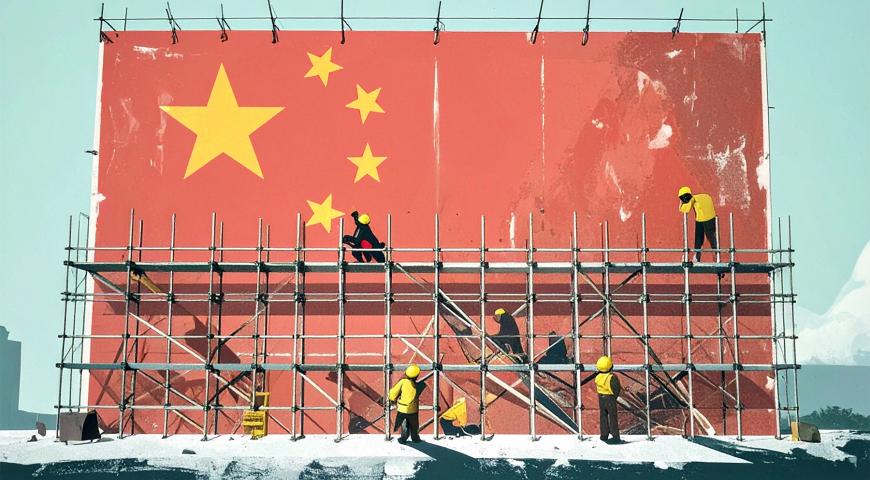This is an updated version of an article first published online by the US Naval Institute in March 2018. See https://www.usni.org/magazines/proceedings/2018/march/get-balance-between-art-and-science-maritime-warfare-right) Reprinted from Proceedings with permission; Copyright © (2018)
During 2017 the US Navy suffered two fatal ship collisions which prompted discussion on how the US Navy trains and prepares its Surface Warfare Officers. While the US Navy’s review was focused on ship maintenance practices along with the mariner skills and experience levels of their people (the “how” they prepare) it is just as important to review “what” and “why” when looking at how warfare officers are trained, educated and prepared to deal with the contemporary environment. While this article focuses on the Navy, the fundamental basics that must underpin how Navy’s Warfare Officers need to be prepared are just as important for the Army and RAAF.
Navy’s Warfare Officers need the ability to both operate at sea (mariner skills) and to fight at sea (warfare skills). Operating at sea is difficult and dangerous, part art and part science, and is unlikely be distilled into a formula or fully automated any time soon. It takes training, experience, and practice in foundation skills such as shiphandling, terrestrial and astro navigation, blind pilotage, collision avoidance, damage control, emergency procedures, and a working knowledge of the ship’s engineering plant to be a successful mariner. Technology certainly makes life at sea easier and safer than ever before, but there is an art to seafaring that can only be learned through experience and mentorship.
For any navy, however, operating ships at sea is only a means to an end. Navies exist to fight and win at sea, and Warfare Officers need to fight their ship while simultaneously navigating them; warfare skills and mariner skills respectively. Both these skillsets have always had elements of science (the navy is a technical service) and art (because warfare is a human endeavour) which naval professionals have had to master. My argument is that contemporary developments are making the art of warfare more diverse and challenging while the science of warfare is enabling greater automation of weapons and sensor employment. Consequently, warfare officers need a greater focus on the art of warfare, while not losing their ability to understand the technology that underpins the science.
As the US led, western dominance at sea and in the air is challenged for the first time since the Cold War, a shift in focus is necessary, both to be successful in any fight and, just as importantly, to be a credible deterrent. The realities of today’s environment mean navies need to do much more than just prepare for high-end combat operations against a peer competitor. Sea control always has been the raison d’être for navies but the way to achieve it today has been fundamentally altered by the nature of our competitors and by technology.
Threats to national security during previous great power struggles were primarily state based, using traditional military capabilities and were waged against clearly defined enemies across the maritime, land, and air domains. Today is markedly different, with a multitude of both state and non-state actors using a variety of tools to challenge national interests in myriad ways. National security threats now are ubiquitous across the electromagnetic, space, cyberspace, social media, and information domains, in addition to the physical environments. They are propagated by a variety of actors—sometimes coordinated and sometimes not—who operate below the threshold that would invite a traditional military response, and are ever-present. In short, grey-zone operations are the new normal.
The South China Sea provides a great example. China has successfully managed to expand its maritime influence through island building and militarization despite international legal rulings against its behaviour. China’s creeping influence has been insidious and gradual, using the People's Liberation Army - Navy (PLAN), coast guard, fishing fleets, information warfare, and diplomatic pressure to achieve its aim. This is the nature of grey-zone operations; operate below the radar and push the envelope to the point where there starts to be push-back and then they ease off – for a while.
In a sense, the challenges of grey-zone maritime activities are similar to those that armies have long faced in counterinsurgency operations, where the opposition is a mix of military and civilians intermingled, blending with normal, daily activities making it difficult to maintain situational awareness and to know whose activities are legitimate and whose are not. In short, the three-block war has gone to sea and is here to stay.
As a consequence, the fundamental skill contemporary Warfare Officers need is to understand the totality of the environment they are operating in (physically, politically, and militarily) and the ability to make decisions —not the mechanical execution of a weapon engagement. Once a decision is made to engage, the mechanics of conducting the engagement is increasingly becoming automated. Computers are good at firing and controlling weapons—that is science. But warfare is a human activity that is as much art as science and the decision making (who to engage and when) is a much more subjective, difficult and dynamic problem than executing the mechanical weapon engagement process once that decision is made. I am not suggesting our Warfare teams don’t need to be technologically literate; they certainly must understand the technology they are using, but that is only a subset of the skills they need.
In the future, ships, aircraft, and submarines will operate in a continual grey-zone environment where maintaining situational awareness (SA) will be the task our to which warfare teams must be devoted. Operations Room teams must be building SA through operating organic sensors, fusing information from other network sensors, and incorporating their own knowledge and understanding along with intelligence products. In addition to what is happening in real time, our warfare teams also must be well schooled in the culture and mindset of all potential adversaries to better provide context to what they are seeing. This can only be achieved by reading, studying, and debating all aspects of the geopolitical environment and by operating in the likely operating areas to build our collective experience base. We need exercises that create decision making dilemmas to practice our warfare teams in building SA and producing a holistic understanding of the threats they face.
Consequently, we need to review the balance between the art and science of maritime warfare. My Principle Warfare Officer training (undertaken in 1993), for example, was heavily focused on threat parameters, weapon engagements and standard operating procedures, on the assumption that the enemy would be clear and once the ROE threshold was met we would be able to engage. Our training was heavily focused on executing that engagement. That is not a criticism – it was appropriate for the state of technology and the likely threats at the time.
Today, however, we need to practice decision making in difficult, ambiguous, and confusing circumstances, and take independent action when needed. Of course, ambiguity and confusion have always been elements of warfare, but the scope and complexity that today’s warfare teams face is different to previous eras where it was primarily at the tactical level. Today’s military activities have immediate operational and strategic impacts that previous generations didn’t due to the rapid flow of information and in many situations the tactical confusion that previous generations faced has reduced thanks to technology. In the words of Geoffrey Till, maritime warfare is moving from being akin to poker, where the opponent’s cards are not known, to chess, where all pieces are visible to all players. In short, tactical ambiguity and confusion has been replaced with the much more consequential operational and strategic ambiguity and confusion.
Standard operating procedures and repetitive drills can only do so much. It is important that Warfare Officers develop that “sixth sense” or “feeling in the water” that only comes from the right mix of training, education and experience. In addition to understanding the technology they are using, they must be culturally astute, be across geopolitical developments and current affairs (which are extremely dynamic) and have a solid understanding of Australia’s strategic and national interests. This is the only way warfare teams will be able to distil what they see, what they know, and what they are told into an accurate understanding of the totality of what they face and be able to react accordingly in this period of continual grey-zone operations.
While the consequences from the US Navy’s fatal accidents in 2017 are being used to improve the mariner skills focus within the US Navy, mariner skills are only a means (albeit a vital one) to an end. The end is to be able to fight and win at sea. The nature of the fight has changed markedly over the last three decades and we must understand exactly what we want our contemporary and future warfare professionals to be able to do. Historically navies have (quite righty) focused on the tactical skills of weapons and sensor operation, SOPs and tactics. While these skills remain vital, technology is increasingly doing much of the ‘science’ of weapons and sensor employment, allowing the human greater scope to concentrate on the human (art) aspects of warfare. We must ensure we capitalise on this opportunity to best prepare our warfare teams for the reality they face.
Commodore Leavy is currently the Commandant of the Australian Defence Force Academy. He is a Principle Warfare Officer who undertook his PWO course in 1993. He has commanded HMAS Stuart and HMAS Sydney and spent three years as Commodore Warfare at Fleet Headquarters.
Defence Mastery
Technical Mastery
Please let us know if you have discovered an issue with the content on this page.
Comments
Start the conversation by sharing your thoughts! Please login to comment. If you don't yet have an account registration is quick and easy.




